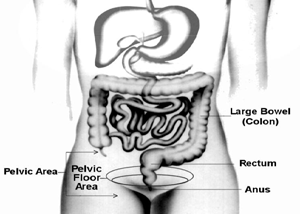Intestinal pseudo-obstruction (CIP) is a rare condition with symptoms like those caused by a bowel obstruction, or blockage. But when the intestines are examined, no blockage is found.
Instead, the symptoms are due to nerve (visceral neuropathy) or muscle (visceral myopathy) problems that affect the movement of food, fluid, and air through the intestines. The intestines, or bowel, include the small intestine and the large intestine, also called the colon.
CIP can occur in people of any age, but it occurs more often in children and older adults. Children can have a long-lasting form of the condition called chronic intestinal pseudo-obstruction (CIP). CIP in children is usually present at birth.
Learn more about CIP in children
In another form of intestinal pseudo-obstruction that mostly affects older adults, the colon becomes enlarged after surgery or illness. This condition is known as acute colonic pseudo-obstruction (ACPO), also called Ogilvie syndrome or acute colonic ileus. ACPO can lead to serious complications and can be life-threatening.
Symptoms of Intestinal Pseudo-Obstruction
Symptoms may include cramps, abdominal pain, nausea, vomiting, bloating, and constipation.
Occasionally, intestinal pseudo-obstruction may cause diarrhea.
Over time, the condition can cause bacterial infections, malnutrition, weight loss, and muscle problems in other parts of the body.
Some people develop problems with their esophagus, stomach, or bladder.
Treatment Options
Treatment depends on the type and severity of CIP and may involve:
- nutritional support
- medications
- surgery, or
- other procedures
Need help finding a Dietitian? Visit out Dietitian listing to get the nutritional support you need














